Topic: US Armed Forces

US Army Soldier's Handbook (1966)
Each Individual in this nation has the duty to contribute as much as he can to the wellbeing of the nation and its people. Military service is one form of such a contribution.
You, An American Soldier
When you entered the Army, you raised your right hand and swore that you would bear true faith and allegiance to the United States of America, and that you would serve them honestly and faithfully against all their enemies whomsoever. This is a sacred oath token by you and there is a great trust placed in you by the people of America that you honor this oath.
As you look around you will not find a "typical American soldier" in height, weight, color of eyes and hair, family origin, education, wealth, intelligence or similar characteristics. The soldiers you hove met and will meet are from all walks of life and all parts of our country. But all of you have two things in common. first, you are all serving the United States of America and believe in the principles that make it a free country. This not only gives you a common bond with your fellow soldiers but also guarantees you the same chances as the next man to get ahead. This American tradition is cherished in your Army as it is in all phases of American life. Second, the responsibility of all Americans is outstanding in the world today. The spirit of teamwork instilled in you at home, school and church, at work and play, aids in the cooperation needed for you to meet any and all tasks.
The habits of obedience you learned while growing into maturity are a necessary part of Army life. Obey promptly and cheerfully the orders given to you. Obedience and teamwork will make your performance better and your fellow soldier's tasks easier.
Service in the Army is a duty and a privilege. Each Individual in this nation has the duty to contribute as much as he can to the wellbeing of the nation and its people. Military service is one form of such a contribution. From the oldest times It has been considered a privilege to be permitted to bear arms in the defense of one's nation or people. This privilege is afforded only to those who are individuals of good standing and good reputation.
Army History
To write a full history of the United States Army would not be appropriate for this handbook. However, here are some historical highlights that may interest you.
The United States Army has its origin in the colonial militia. On 14 June 1775, the Continental Congress voted to adopt the militia and volunteers, fighting the British around Boston, as the Colonial Army. These were Infantrymen; so the Army is the senior of the services and the Infantry the senior branch of the Army. This Army defeated the British.
Cornwallis' surrender at Yorktown on 19 October 1781 ended the last major battle of the Revolution. The formal treaty of peace was signed on 3 September 1783. The Indian wars followed and the Army inherited the job of guarding the frontier against Indian tribes. The Army continued to do this job for a century, a job which coiled for great endurance, skill, bravery and patience.
During the war of 1812-15 our Army again fought the British on American soil. The 30 years of peace that followed actually spanned three other wars. In 1817, the Seminole War; in 1832 the Black Hawk War; and from 1832-42 the second Seminole War.
The War Between the States, 1861-65, Civil War, was a tragic and bitter conflict. Within a year soldiers of both armies were veterans, fighting with a skill rarely surpassed by any country at any time, World War I saw our Army enter the conflict in 1917. Early in the fall of 1918 the Allies began on attack that did not stop until the war was won. American doughboys had a rough sector to take known as the Meuse-Argonne. In this area they showed ability to dish it out, as at the Marne; they had proved they could "take it." Their attack helped force the enemy to ask for on armistice in November 1918.
World War II. In 1918 the American soldiers thought they had helped "to end all wars." On 7 December 1941, we were once again at war. This war was different, even more than in the first war our soldiers fought as individuals; no more did they know the companionship of trench fighting, but fought from individual positions and the name "foxholes" was born. Many battles were fought in all parts of the world. The supreme assault come on 6 June 1944 on the Normandy Peninsula in France and our soldiers began the bitter advance. On 7 May 1945 the war in Europe was over and Japan surrendered on 14 August 1945.
The Korean War was a further test of American fighting ability and as part of the United Nations the American soldier again proved he was a determined fighter who could function under nearly impossible conditions. The conflict ended on 27 July 1953 adding another page of glorious history to the United States Army.
Today, communism is the major threat to our Nation. This threat is the primary reason for the Army ta constantly train men as part of the U.S. fighting force. Your training and eventual performance of duty with a unit is a vital part of this Nation's defense.





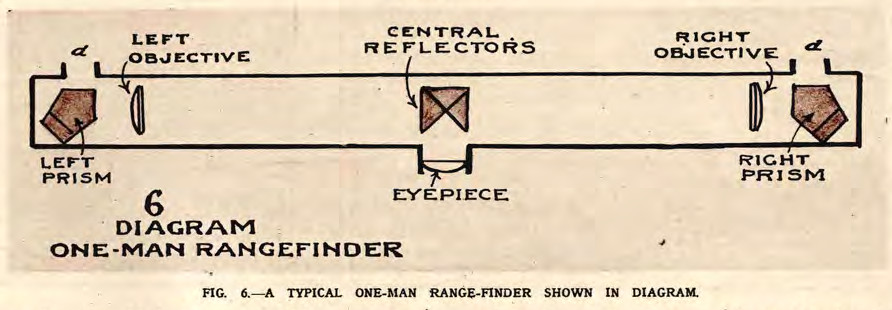

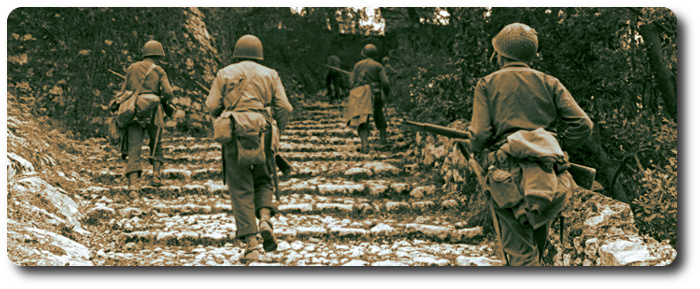

 On assembling his men the officer commanding should personally inspect each man, and ascertain that he has proper articles of clothing under his uniform, and that he is provided with suitable boots for marching.
On assembling his men the officer commanding should personally inspect each man, and ascertain that he has proper articles of clothing under his uniform, and that he is provided with suitable boots for marching. 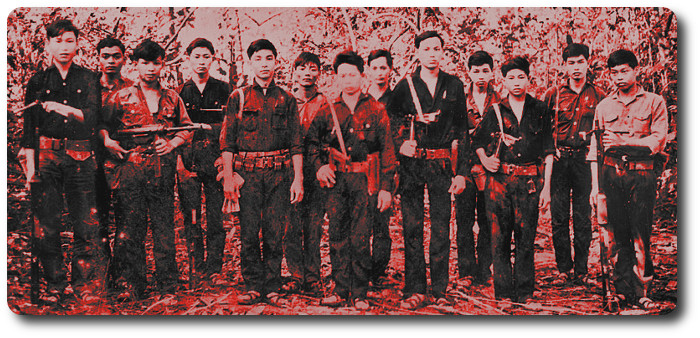

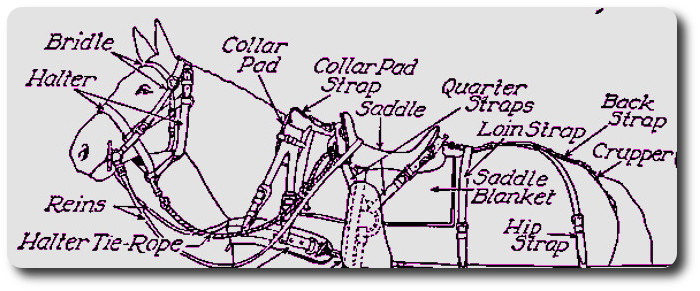

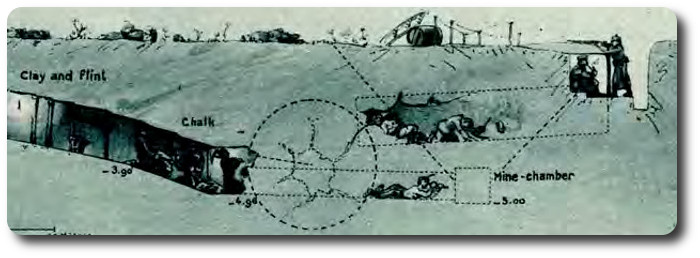
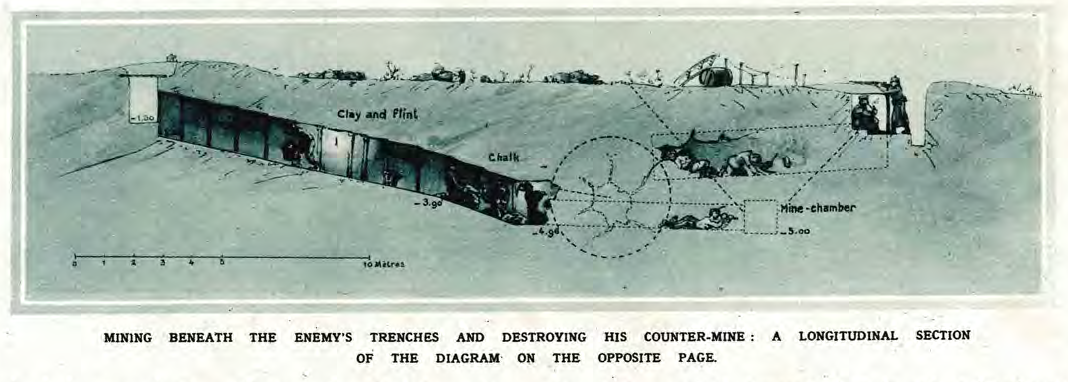
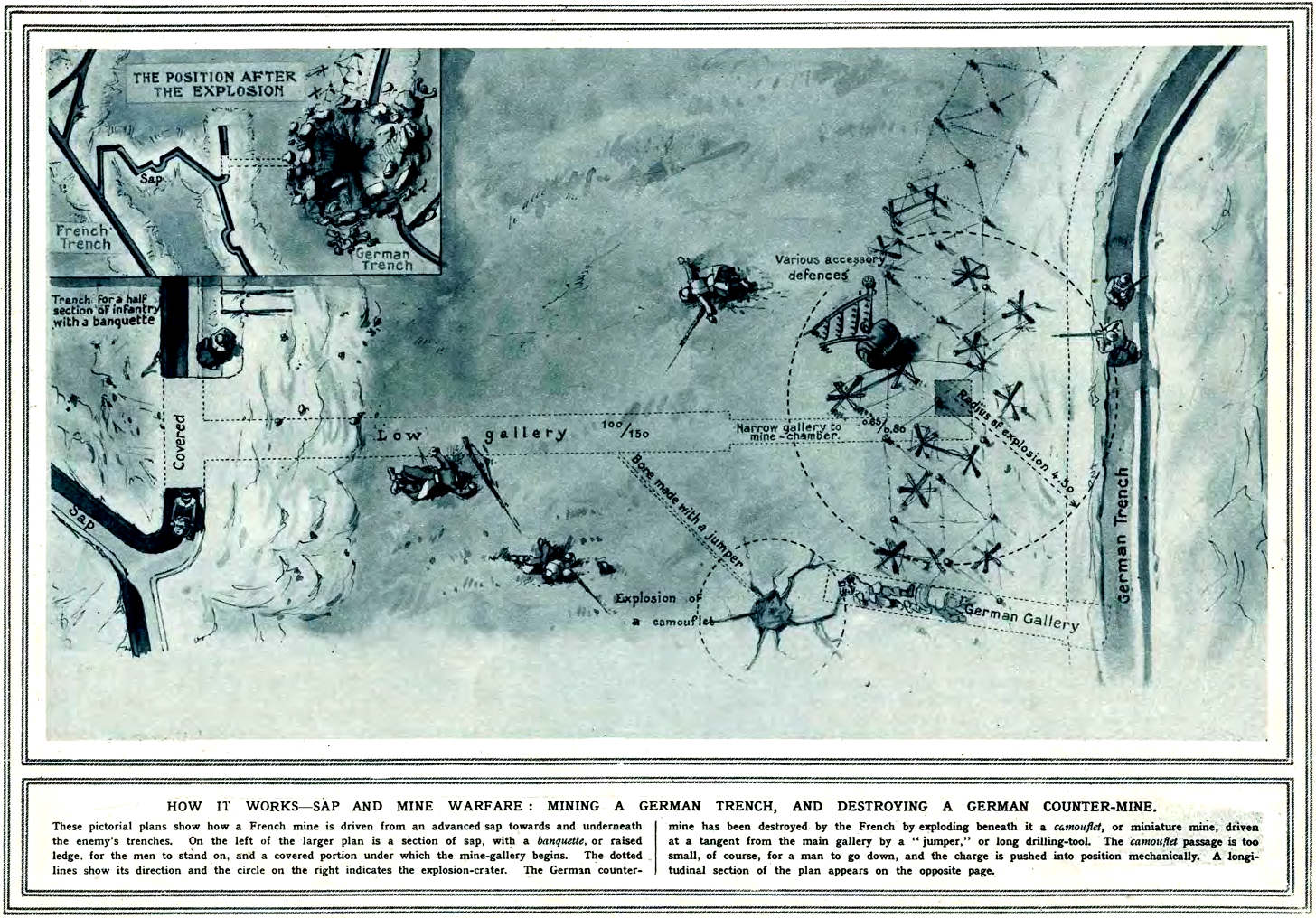

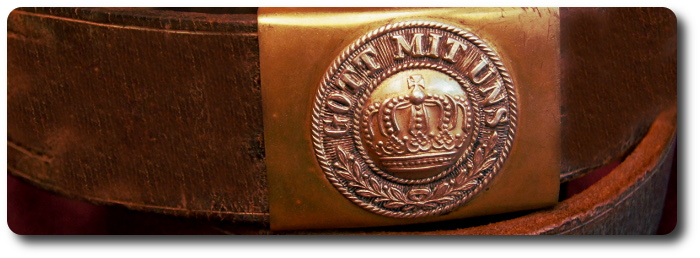
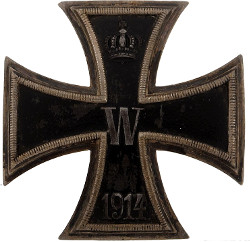 Interrogation of Fianale Fappen, of NEUENAHR.
Interrogation of Fianale Fappen, of NEUENAHR. 
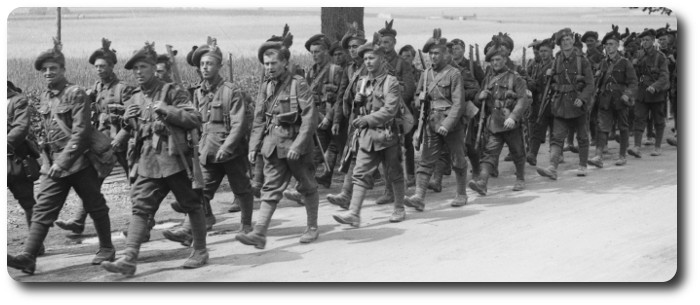
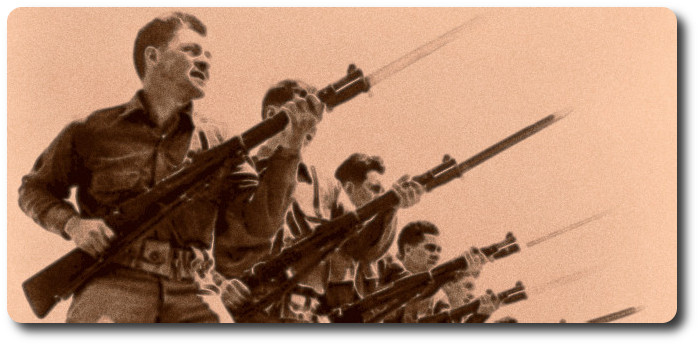
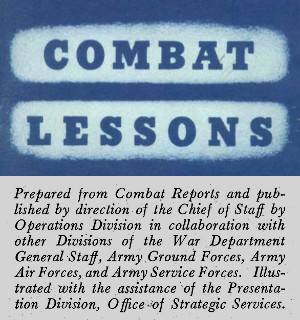 Combat Lessons, Number 2, September 1946
Combat Lessons, Number 2, September 1946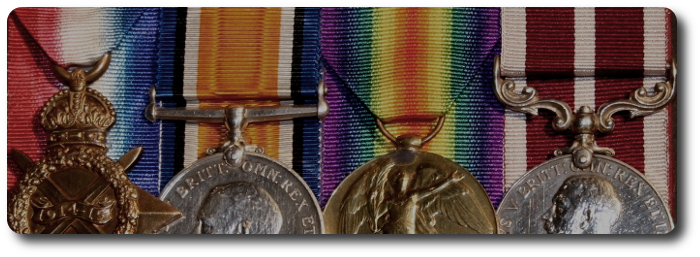

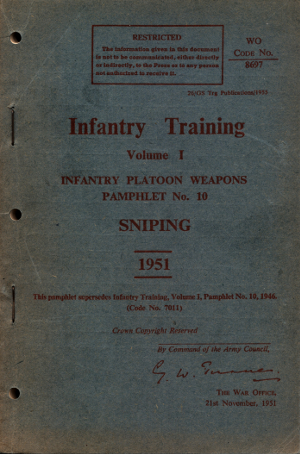 Sniper Badge Shooting Test (1951)
Sniper Badge Shooting Test (1951)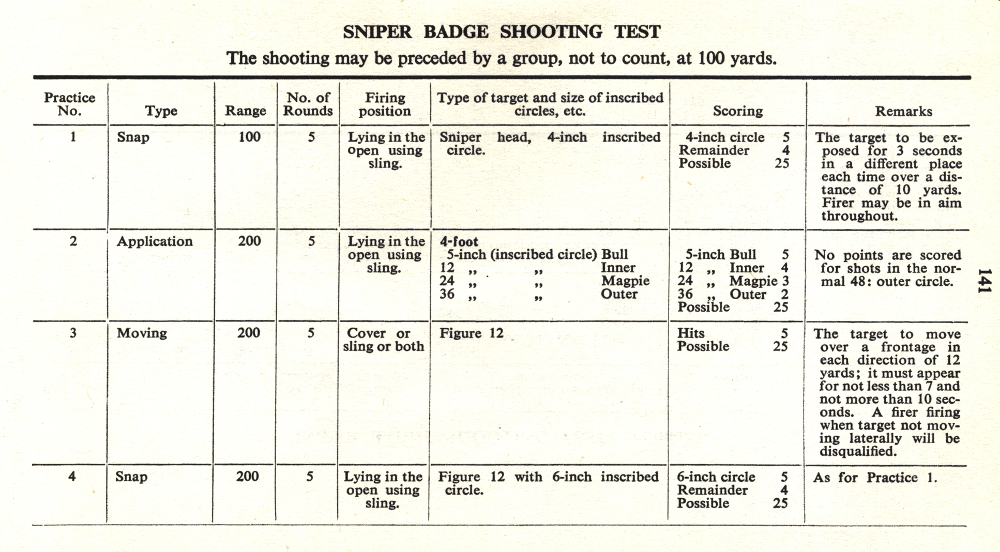
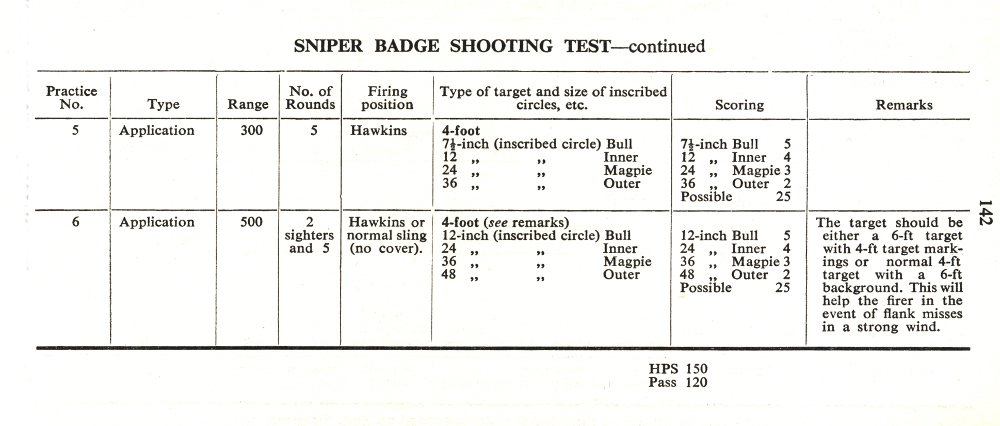
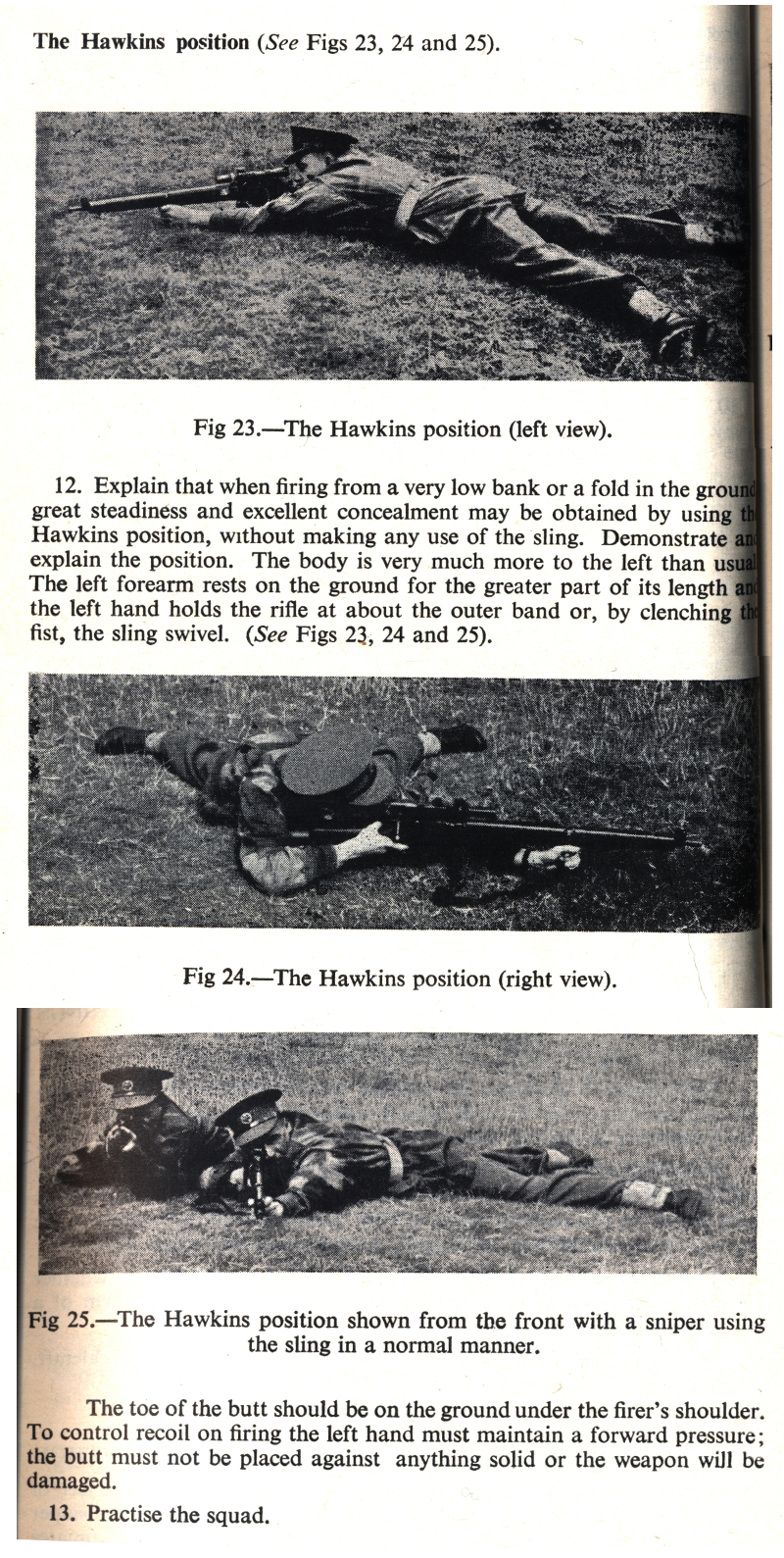

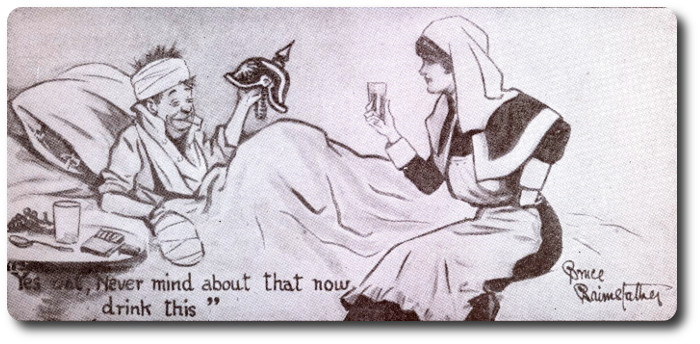

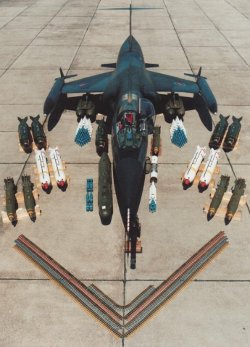 Canada has six squadrons of CF-104 Starfighters with NATO, manufactured in Canada and also due to be retired in 1973. That price was about $2,000,000 a plane.
Canada has six squadrons of CF-104 Starfighters with NATO, manufactured in Canada and also due to be retired in 1973. That price was about $2,000,000 a plane.